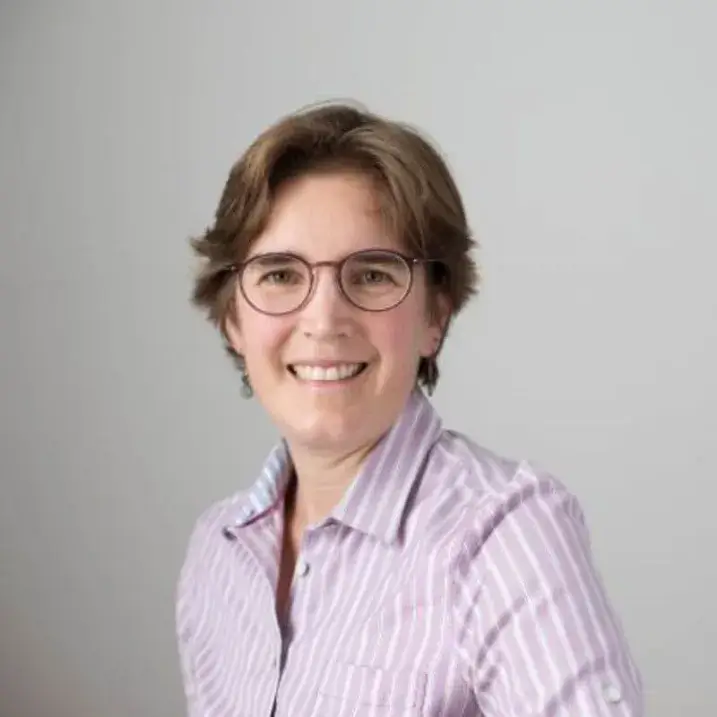- PhD, Geological Sciences, University of Washington, 2010
- BSE, Civil and Environmental Engineering, Princeton University, 2002
Areas of expertise
Erosion, short-lived fallout radionuclides, geomorphology, human-landscape interactions
BIO
Amanda Schmidt is an associate professor and chair of geosciences at Oberlin College, where she has taught since 2011. Amanda is a geomorphologist who specializes in human-landscape interactions. Her work applies geochemical techniques to understanding rates and depth of sediment movement and deposition across the landscape. Her lab at Oberlin College measures short-lived fallout radionuclides which are commonly used to date recent (<150 years) deposition in lakes, floodplains, and reservoirs and to fingerprint the depth of erosion in the upstream watershed when measured in detrital sediments. She and her students conduct research in China, the Caribbean (Cuba, Dominica, Puerto Rico), Antarctica (the Weddell Sea), and New England (New Hampshire, Martha's Vineyard). She directs a lab that measures short-lived nuclides including 136-Cs and 210-Pb which are exceptionally useful for detecting erosion on human time scales and thus provide critical data for land and natural resources management.
Publications
Bio
Amanda Schmidt is an associate professor and chair of geosciences at Oberlin College, where she has taught since 2011. Amanda is a geomorphologist who specializes in human-landscape interactions. Her work applies geochemical techniques to understanding rates and depth of sediment movement and deposition across the landscape. Her lab at Oberlin College measures short-lived fallout radionuclides which are commonly used to date recent (<150 years) deposition in lakes, floodplains, and reservoirs and to fingerprint the depth of erosion in the upstream watershed when measured in detrital sediments. She and her students conduct research in China, the Caribbean (Cuba, Dominica, Puerto Rico), Antarctica (the Weddell Sea), and New England (New Hampshire, Martha's Vineyard). She directs a lab that measures short-lived nuclides including 136-Cs and 210-Pb which are exceptionally useful for detecting erosion on human time scales and thus provide critical data for land and natural resources management.
